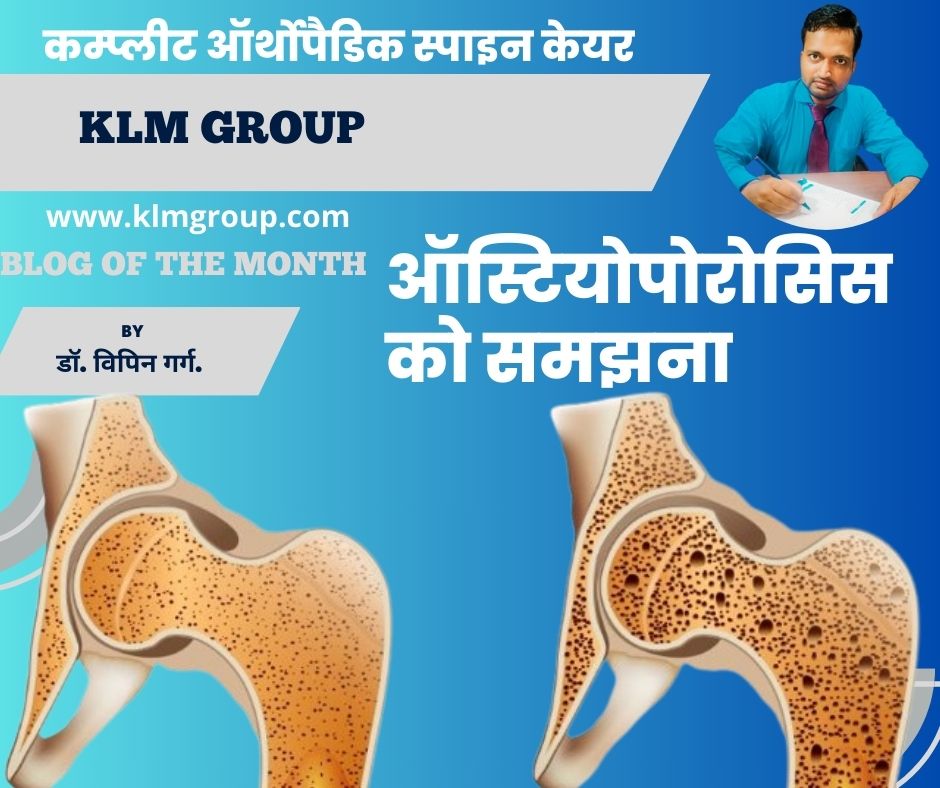Understanding Of Osteoporosis: Osteoporosis is a condition characterized by weakened bones that are more susceptible to fractures. The spine, being a central structure of the body, is significantly impacted by this condition. Managing bone density is crucial for maintaining a healthy back and preventing severe complications associated with osteoporosis. In this blog, we will explore the relationship between osteoporosis and the spine, discuss strategies for managing bone density, and highlight the expertise available at the KLM Group, led by Dr. Vipin Garg. We can see more details about “Understanding Of Osteoporosis” in this blog.
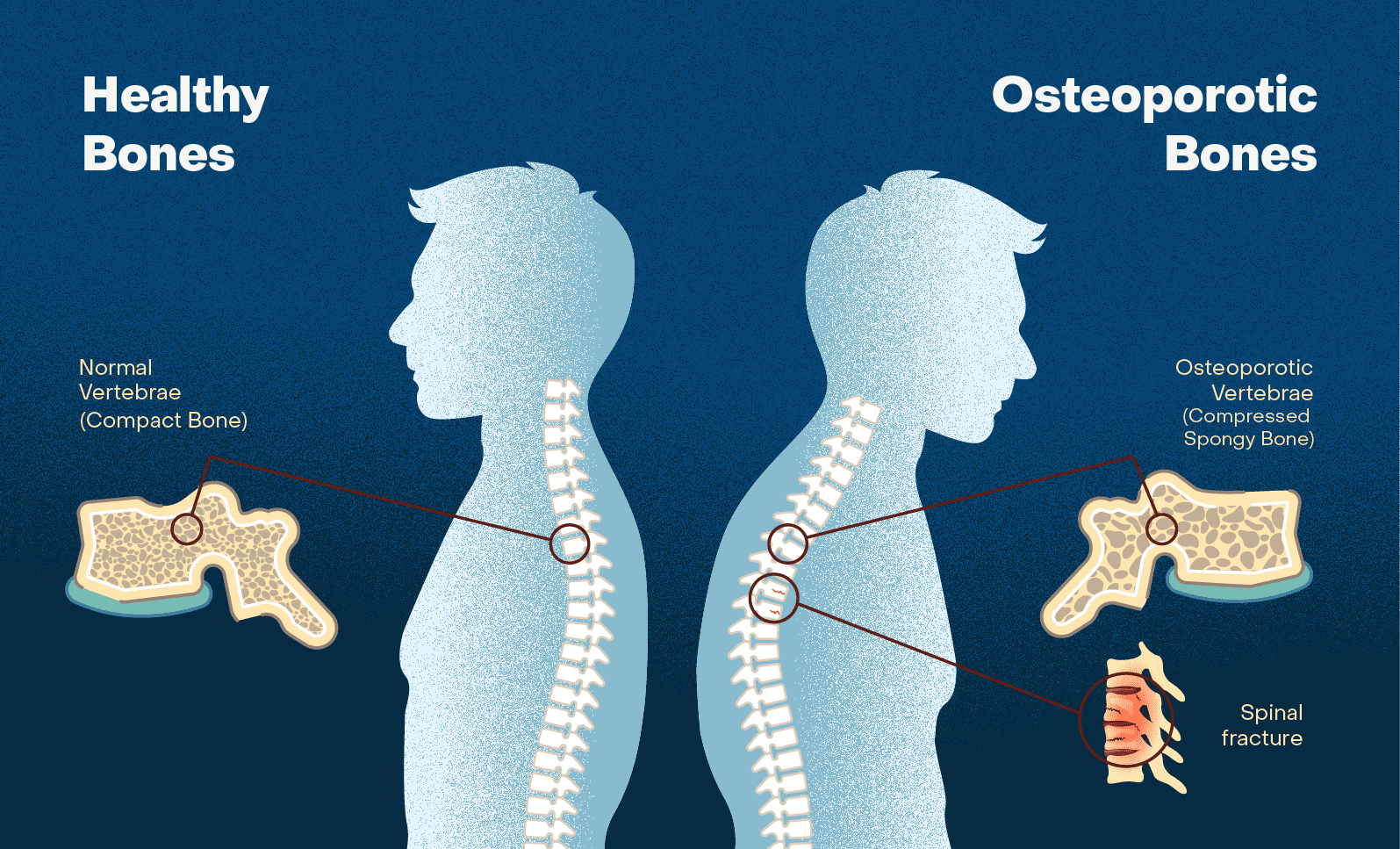
Understanding Of Osteoporosis
What is Osteoporosis?
Osteoporosis is a bone disease that occurs when the body loses too much bone, makes too little bone, or both. As a result, bones become weak and brittle, making them more prone to fractures. This condition often progresses silently, without symptoms, until a fracture occurs. We can find more details about “Understanding Of Osteoporosis” in this blog.
How Does Osteoporosis Affect the Spine?
The spine is composed of vertebrae that provide structural support and protect the spinal cord. Osteoporosis can weaken these vertebrae, leading to:
- Compression Fractures: Weakened vertebrae can collapse under normal pressure, leading to painful compression fractures.
- Kyphosis: Multiple compression fractures can cause a forward curvature of the spine, resulting in a stooped posture known as kyphosis.
- Chronic Pain: Fractures and deformities in the spine can lead to chronic back pain and reduced mobility.
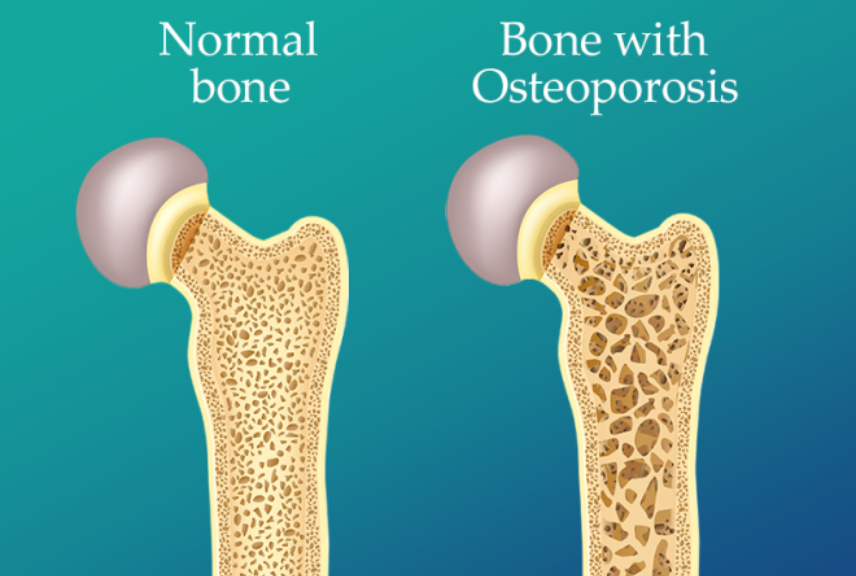
Risk Factors for Osteoporosis
Age and Gender
- Age: Bone density peaks around age 30 and gradually declines with age. The risk of osteoporosis increases as bone density decreases over time.
- Gender: Women are at a higher risk of developing osteoporosis, particularly after menopause, due to the drop in estrogen levels which accelerates bone loss. We can check more details about “Understanding Of Osteoporosis” in this blog.
Family History and Genetics
A family history of osteoporosis or fractures can increase the likelihood of developing the condition. Genetics play a significant role in determining bone density and structure.
Lifestyle Factors
- Diet: Poor nutrition, particularly low calcium and vitamin D intake, can weaken bones.
- Physical Activity: Sedentary lifestyles contribute to bone loss. Weight-bearing and resistance exercises are crucial for maintaining bone density.
- Smoking and Alcohol: Smoking and excessive alcohol consumption can negatively impact bone health.
Medical Conditions and Medications
Certain medical conditions, such as rheumatoid arthritis and thyroid disorders, and medications like corticosteroids, can increase the risk of osteoporosis.
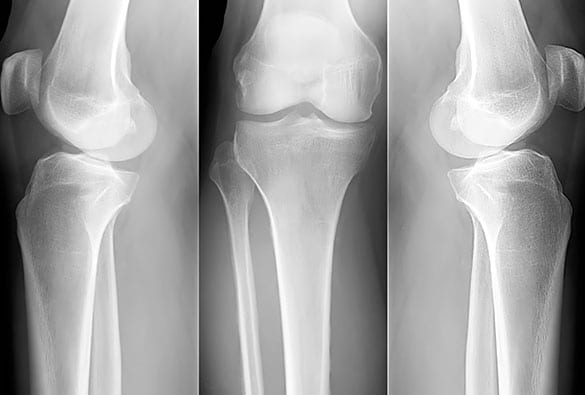
Diagnosing Osteoporosis
Bone Density Tests
Bone density tests, such as dual-energy X-ray absorptiometry (DEXA) scans, measure bone mineral density (BMD) and help diagnose osteoporosis. These tests can identify low bone density before fractures occur and monitor the effectiveness of treatments. We love to see more details about “Understanding Of Osteoporosis” in this blog.
Read More
Spinal Imaging
X-rays and MRI scans can detect fractures and deformities in the spine caused by osteoporosis. Regular imaging can help monitor the progression of the condition.
Managing Bone Density for a Healthy Spine
Nutrition and Diet
Calcium and Vitamin D
- Calcium: Essential for bone strength and structure. Adults need approximately 1,000-1,200 mg of calcium per day.
- Vitamin D: Facilitates calcium absorption and bone health. Adults need around 600-800 IU of vitamin D daily.
Food Sources
- Calcium-Rich Foods: Dairy products (milk, cheese, yogurt), leafy greens (kale, spinach), fortified foods (orange juice, cereals).
- Vitamin D-Rich Foods: Fatty fish (salmon, mackerel), fortified foods (milk, orange juice), egg yolks, mushrooms.
Exercise and Physical Activity
Weight-Bearing Exercises
Activities like walking, jogging, and dancing help build and maintain bone density by forcing the bones to work against gravity.
Resistance Training
Strength training exercises, such as lifting weights, enhance bone density and muscle strength, providing additional support to the spine.
Flexibility and Balance Exercises
Yoga and tai chi improve flexibility, balance, and posture, reducing the risk of falls and spinal fractures.
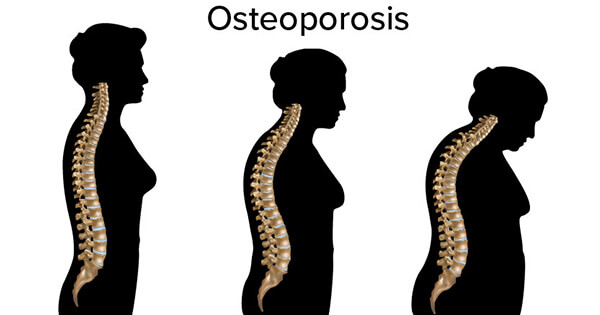
Lifestyle Modifications
Quit Smoking and Limit Alcohol
Smoking cessation and moderating alcohol intake are crucial steps in preserving bone health.
Fall Prevention
Implementing safety measures at home, such as removing tripping hazards and using handrails, can prevent falls and fractures.
Medical Management of Osteoporosis
Medications
Bisphosphonates
Drugs like alendronate, risedronate, and zoledronic acid slow bone loss and reduce the risk of fractures.
Hormone Replacement Therapy (HRT)
HRT can help maintain bone density in postmenopausal women by supplementing estrogen levels.
Selective Estrogen Receptor Modulators (SERMs)
Medications like raloxifene mimic estrogen’s beneficial effects on bone density without some of its risks.
Denosumab
A monoclonal antibody that reduces bone resorption and increases bone density, administered via injection.
Teriparatide
A form of parathyroid hormone that stimulates new bone formation, used for severe osteoporosis cases.
Surgical Interventions
Vertebroplasty and Kyphoplasty
Minimally invasive procedures that stabilize compression fractures in the spine by injecting bone cement into the affected vertebrae.
Spinal Fusion
A surgical option for severe spinal deformities, where two or more vertebrae are fused to provide stability and reduce pain.

The Role of KLM Group in Osteoporosis Management
Expertise of Dr. Vipin Garg
Dr. Vipin Garg is a renowned orthopedic specialist with extensive experience in managing osteoporosis and spine-related conditions. Under his leadership, the KLM Group offers comprehensive care tailored to each patient’s needs.
Services Offered by KLM Group
- Diagnostic Services: Advanced imaging techniques and bone density tests for accurate diagnosis and monitoring.
- Nutrition Counseling: Personalized dietary plans to ensure optimal intake of bone-strengthening nutrients.
- Physical Therapy: Customized exercise programs to enhance bone density, strength, and flexibility.
- Pain Management: A multidisciplinary approach to managing chronic pain associated with osteoporosis.
- Minimally Invasive Procedures: Expertly performed procedures like vertebroplasty and kyphoplasty for spinal fractures.
- Patient Education: Providing resources and education to empower patients in managing their condition.
Success Stories
The KLM Group has successfully helped numerous patients manage osteoporosis and improve their quality of life. Testimonials from satisfied patients highlight the compassionate care and expertise of Dr. Vipin Garg and his team.

Conclusion Osteoporosis and the Spine
Osteoporosis is a significant health concern that can severely impact the spine, leading to fractures, deformities, and chronic pain. Managing bone density through proper nutrition, regular exercise, lifestyle modifications, and medical interventions is crucial for maintaining a healthy spine and preventing complications.
Key nutrients such as calcium, vitamin D, magnesium, and vitamin K, along with a balanced diet rich in these nutrients, play a vital role in supporting bone health. Weight-bearing and resistance exercises, combined with flexibility and balance training, help strengthen bones and reduce the risk of falls. Address Link: https://g.page/r/CQ0WqKLEXPWeEAE Powered By Argusdna Also for the best, Orthopedic doctor and surgeon in Kolkata visit www.bonedoctorgautam.com
For those seeking expert care and guidance in managing osteoporosis, the KLM Group, led by Dr. Vipin Garg, offers comprehensive and personalized treatment plans. With a focus on holistic care, the KLM Group provides the expertise and support needed to maintain spine health and improve overall well-being.
Contact KLM Group:
- Book Your Consultation
- Website: https://tinyurl.com/yyzvwmck
- Email: info@klmgrou p.org
- Ph: 0751-4000721,Mob: 7804826825
- Address: 12, Saraswati Nagar, University Road, Near Silver Estate, Thatipur,
By prioritizing bone density and seeking expert care, you can take proactive steps towards a healthier spine and a better quality of life.

